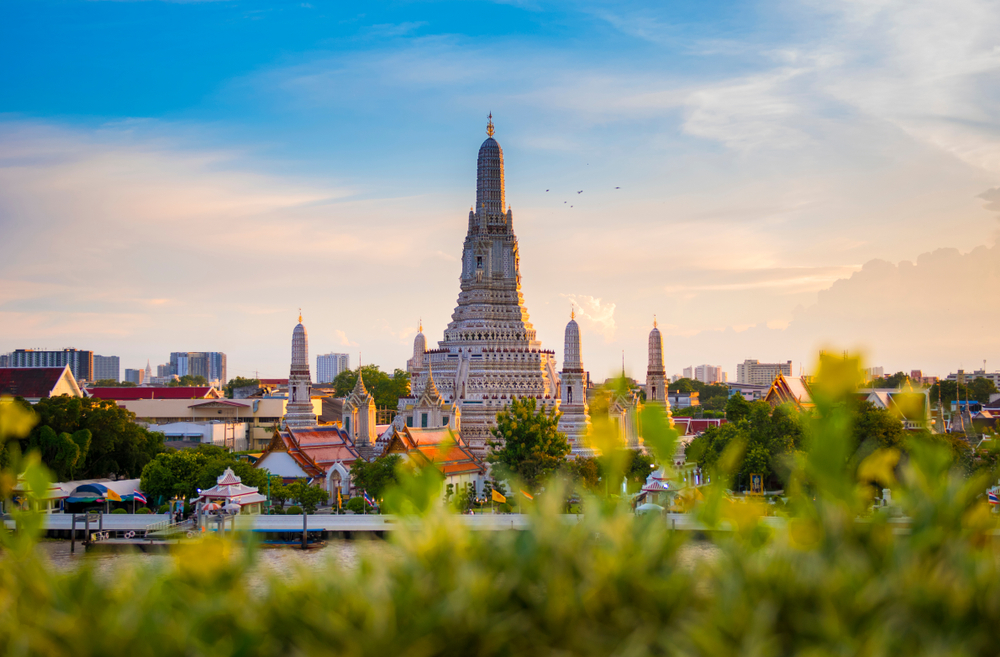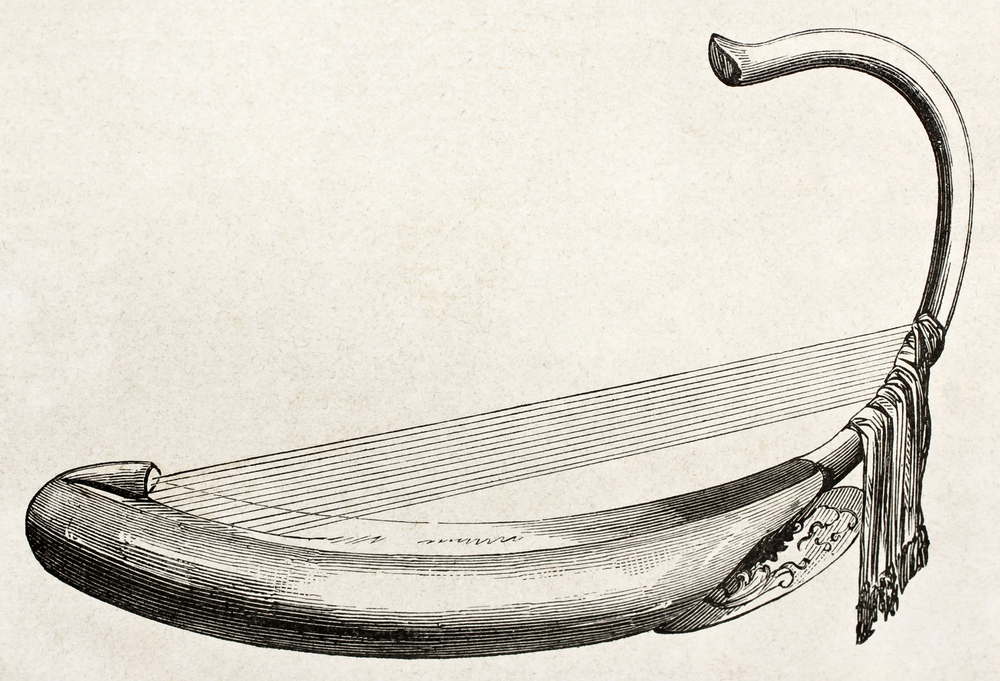Japanese novels span vivid settings and tell memorable tales across all 47 prefectures, but they need not be confined by national borders. Let’s take a look at some stories written by Japanese authors taking place in more distant lands.
1. Harp of Burma by Michio Takeyama, translated by Howard Hibbett (Myanmar)
Michio Takeyama was primarily a scholar of German literature, but he was most famous for authoring this work of children’s fiction set during the waning days of World War II’s Burmese Campaign. This short work is intended to teach young people how to embrace defeat. The protagonist, a Japanese soldier faced with his nation’s surrender who dons the garb of a local monk, embodies the pious Buddhist values embedded within Burmese culture.
The titular harp is described as a saung and is regarded as Burma’s national instrument. Acclaimed filmmaker Kon Ichikawa adapted the novel for the screen twice, a black and white version released in 1956 and a color remake in 1985. The former is the more acclaimed of the two and is featured in the Criterion Collection.
2. Deep River by Shusaku Endo, translated by Van C. Gessel (India)
Shusaku Endo’s final novel sees five Japanese tourists traversing India together in the 1980s. Each of the travelers has their own reason for being there, from the salaryman in search of his reincarnated wife to the birdwatcher who wishes to visit an unspoiled sanctuary. Each pilgrim ultimately arrives at their own individual spiritual epiphanies on the banks of the Ganges amidst the backdrop of Sikh-Hindu clashes following Indira Gandhi’s assassination.
Themes of faith and spirituality are of course commonplace in Endo’s work, but here they take on a particularly primal and raw form in keeping with the untamed landscape. Notably, the film adaptation by Kei Kumai featured the final film appearance of Toshiro Mifune. When Endo died in 1996, he requested that two of his novels be buried with him. One was Silence, his revered story of Portuguese Jesuits in Edo Japan. The other was Deep River.
3. The Remains of the Day by Kazuo Ishiguro (The United Kingdom)
It’s certainly cheating to include Kazuo Ishiguro on this list, as he gained British citizenship and consequently relinquished his Japanese citizenship decades ago. His absence, however, would be conspicuous. In The Remains of the Day, the archetypal literary English butler narrates his life and career, exposing the pain of the stiff upper lip and the tragedy of misplaced loyalty over the course of a road trip. Winner of the Booker Prize in 1989, this novel differs starkly from the author’s first two Japan-focused novels in tone and purpose.
Englishness itself, and all the expectations that come with this sense of national perception, are examined in a deeply human way. Ishiguro deservedly won the 2017 Nobel Prize in Literature and this remains his enduring masterpiece.

Wat Arun, one of the famous landmarks of Bangkok, Thailand.
4. The Temple of Dawn by Yukio Mishima, translated by E. Dale Saunders and Cecilia Segawa Seigle (Thailand)
The third of Yukio Mishima’s Sea of Fertility tetralogy sees recurring character Honda take a business trip to Bangkok. Here he steeps himself in the local culture and eventually finds himself before the breathtaking Temple of Dawn. During his visit he meets a young princess who claims to be the reincarnation of his friend Isao, who died tragically at the climax of the first novel in the series. Much introspection ensues regarding Japan’s place in Asia and the modern world, as well as the religious syncretism between Buddhism and Hinduism. The exotic locales are described in vivid detail by Mishima, who carried out firsthand research by visiting the landmark Wat Arun temple in the Thai capital. The novel was followed by The Decay of the Angel, Mishima’s final work before his suicide.
5. Clouds Above the Hill by Ryotaro Shiba, translated by Julia Winters Carpenter and Paul McCarthy (China and Russia)
This massive work of historical fiction is one of the best-selling Japanese novels of the 20th century, yet remains relatively unknown around the world. Beginning in the transformative Meiji Period (1868–1912) and continuing into the early 20th century, much of the immense text is concerned with chronicling the Russo-Japanese War in tremendous detail across multiple volumes. Admiral Togo unsurprisingly wins at the end, but it’s more about the long journey than the inevitable destination.
The enormous success of the novel resulted in NHK producing a big-budget Taiga historical drama between 2009 and 2011 based on the story, with Latvia substituting for Russia. It remains the channel’s most expensive production in the genre.
6. Brazil-Maru by Karen Tei Yamashita (Brazil)
The experiences of Japanese-Brazilians are seldom told in literature. Karen Tei Yamashita, a Japanese-American who lived in Brazil for nine years, attempts to rectify this through an ambitious work of multigenerational historical fiction. The large cast of characters establish new lives for themselves in a world far removed from what they had grown up in. Kantaro, the dominating force in the group of colonists who set sail from Japan in the 1920s, attempts to bring a sense of order to an unruly jungle.
The author’s debut novel, Through the Arc of the Rain Forest, is also primarily set in Brazil but has a more magical realist flair in contrast to Brazil-Maru’s relatively straightforwardness. Both are stories worth reading.









